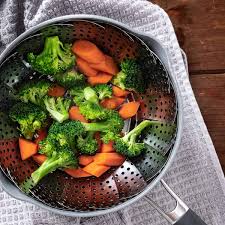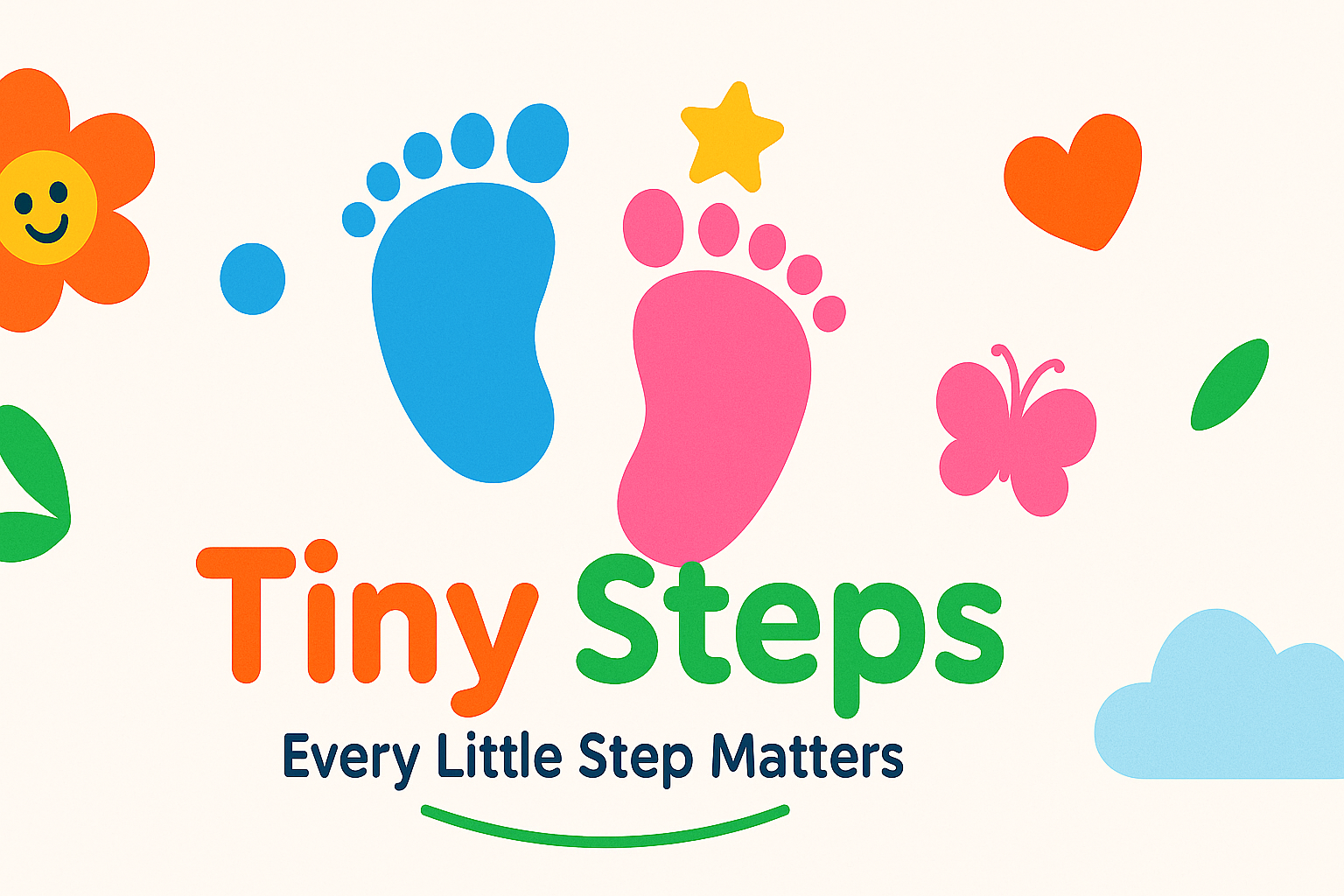Homemade Baby Food: Benefits, Preparation Tips & Healthy Ideas
Preparing your own baby food at home is one of the best ways to ensure your child is getting fresh, nutritious meals without additives or preservatives. Not only is it cost-effective, but it also gives you full control over ingredients and food quality.
Homemade baby food introduces your little one to a variety of flavors and textures, supporting healthy eating habits from the start. You’ll also develop an understanding of which foods your baby prefers or reacts to, helping you tailor their diet as they grow.
Contents
- 1 Why Make Baby Food at Home?
- 2 Tips for Preparing Homemade Baby Food
- 3 1. Keep Everything Clean
- 4 2. Steam, Don’t Boil
- 5 3. Puree to the Right Texture
- 6 4. Freeze in Small Portions
- 7 5. Reheat Safely
- 8 6. What Foods to Start With?
- 9 7. Incorporate More Variety
- 10 8. Introduce Meats Slowly
- 11 9. Follow Baby’s Cues
- 12 Final Thoughts
Why Make Baby Food at Home?
- Healthier Options: Fresh, organic ingredients without fillers or preservatives.
- Cost Savings: Homemade food costs significantly less than store-bought jars.
- Flavor Variety: Introduces your baby to natural tastes, not overly processed ones.
- Better Control: Customize meals based on your baby’s preferences and allergies.
Tips for Preparing Homemade Baby Food
1. Keep Everything Clean
Always wash your hands and sterilize your cooking tools, countertops, and storage containers. Babies are more prone to digestive issues, so hygiene is crucial.

2. Steam, Don’t Boil
Steaming fruits and vegetables retains more nutrients than boiling. A simple steamer basket can help you prepare soft, healthy produce for pureeing.
3. Puree to the Right Texture
In the beginning, blend foods to a fine consistency. As your baby grows, you can gradually introduce thicker textures. Tools like blenders, forks, or food mills all work well.
4. Freeze in Small Portions
Make large batches and freeze them in ice cube trays or baby food containers. Once frozen, transfer to labeled, dated freezer bags. Use within two months for best quality.

5. Reheat Safely
Warm frozen portions using a bowl set in hot water or use a microwave (stir thoroughly to avoid hot spots). Test the temperature before serving.
6. What Foods to Start With?
Begin with iron-rich cereals like homemade oatmeal. Then try soft fruits like bananas, apples, or pears. Avoid added sugar—fruits are sweet on their own.
7. Incorporate More Variety
As your baby adapts, introduce veggies like sweet potato, pumpkin, or peas. Yogurt, mashed avocado, tofu, and soft cheeses also make great early foods. Blend soft combinations like cottage cheese with banana and orange juice for a nutritious treat.
8. Introduce Meats Slowly
Chicken is a good first meat. Cook it thoroughly, then blend with milk or rice cereal for consistency. Add meats gradually and monitor for allergies.
9. Follow Baby’s Cues
There’s no rush to start solids. Breastmilk or formula remains the primary nutrition for the first six months. Trust your doctor’s advice and your baby’s readiness. Always allow several days between introducing new foods to watch for any reactions.
Final Thoughts
Homemade baby food allows you to provide the freshest, safest meals tailored to your baby’s development. With a little preparation, you can easily make healthy foods that support growth and build lifelong good eating habits.
Written by: Sharanya





